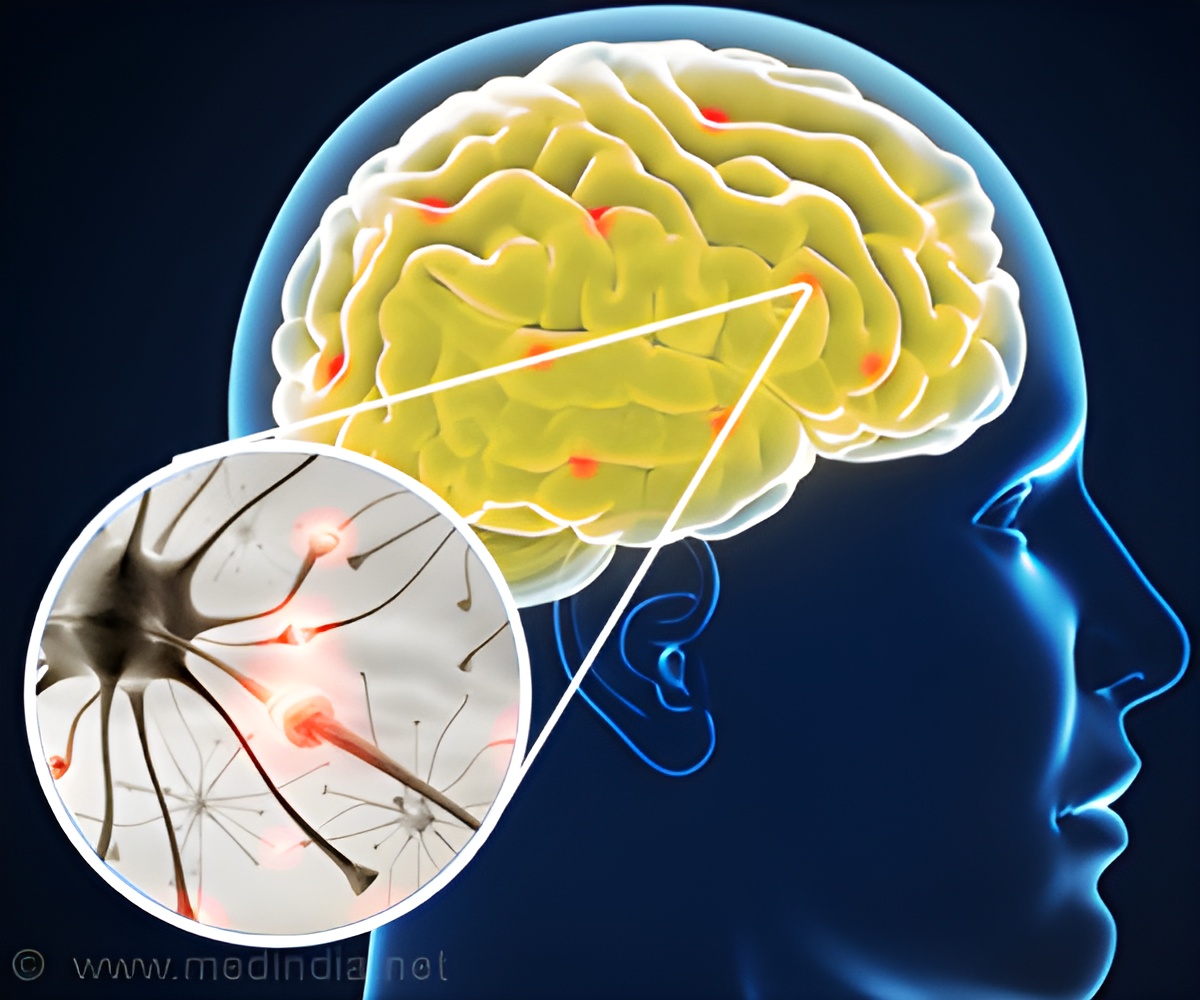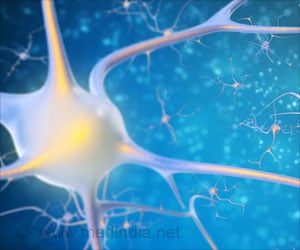A novel molecular mechanism that could lead to the development of new therapies for amyotrophic lateral sclerosis has been described by researchers.

‘A novel molecular mechanism that could lead to the development of new therapies for amyotrophic lateral sclerosis (ALS) has been described by researchers.’





The cause of ALS is not known in about 90% of cases, but approximately 10% are genetically inherited. Approximately 20% of these genetic cases are caused by mutations in the SOD1 gene (superoxide dismutase), which lead to the accumulation of "misfolded" SOD1 proteins that provoke selective killing of motor neurons. "Correct protein folding is critically important, which is why we are focusing on the diverse set of complex cellular mechanisms, including molecular chaperones, that promote efficient folding and prevent toxicity," says Dr. Adrian Israelson, who heads the Cellular and Molecular Neurodegeneration Lab in the BGU Department of Physiology and Cell Biology.
For the first time, this study reported that "endogenous multifunctional protein macrophage migration inhibitory factor (MIF)," a gene that regulates cell inflammation and immunity, acts as a chaperone for misfolded SOD1 in a mouse model. The researchers demonstrated that completely eliminating MIF in a mutant SOD1 mouse model of familial ALS increased misfolded SOD1 accumulation. This also accelerated disease onset and late disease progression and shortened the lifespan of mice expressing mutant SOD1.
"This study provides insight into the potential therapeutic role of MIF in suppressing the selective accumulation of misfolded SOD1 in ALS by modulating MIF levels," Dr. Israelson says.
Source-Newswise








